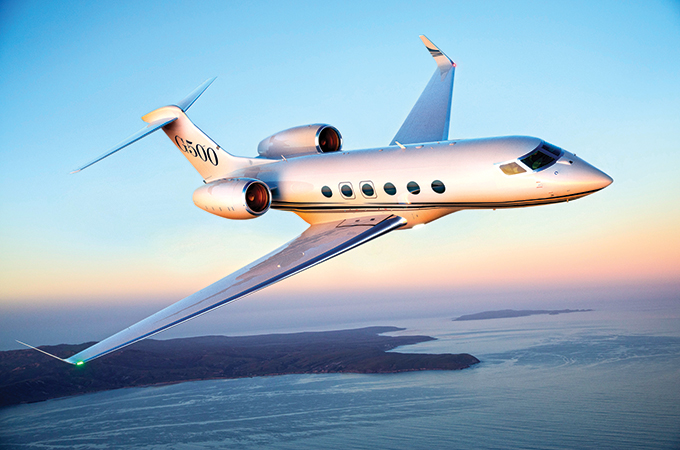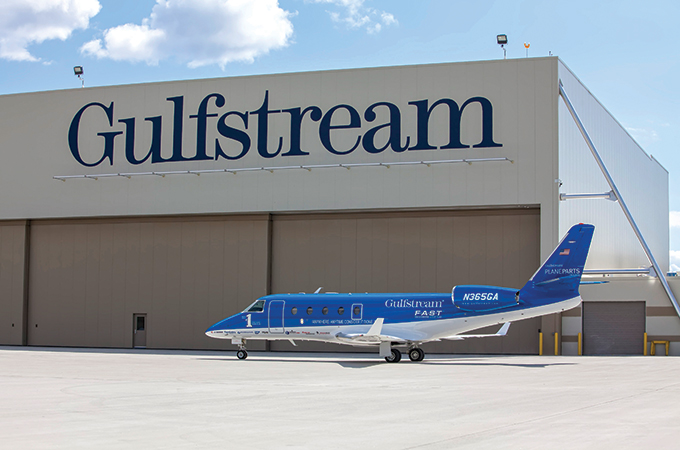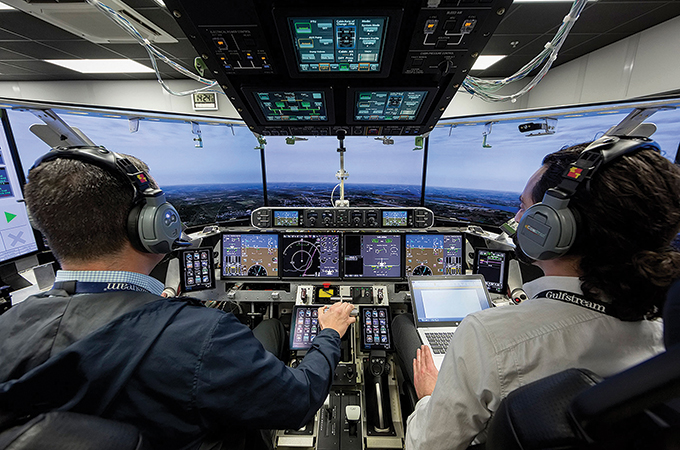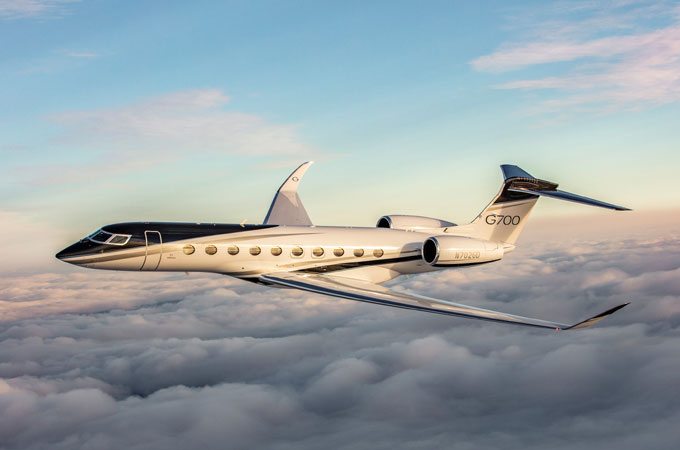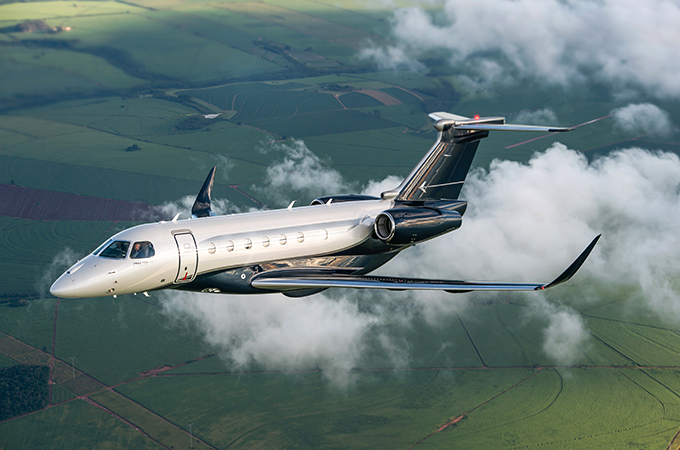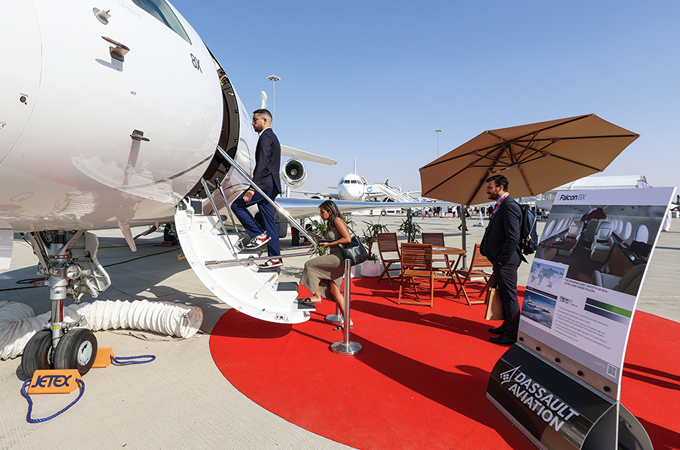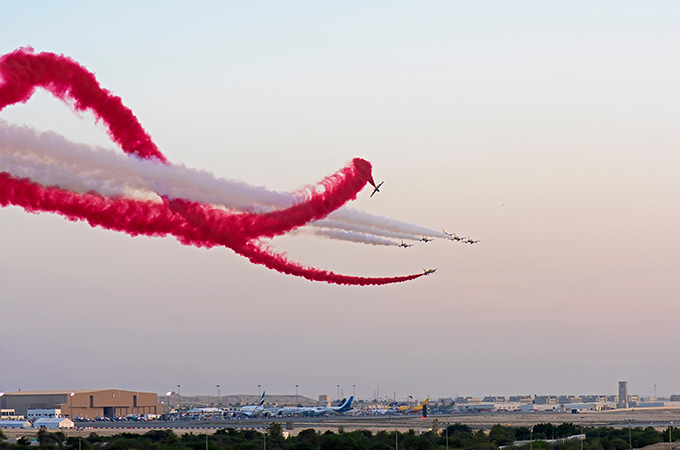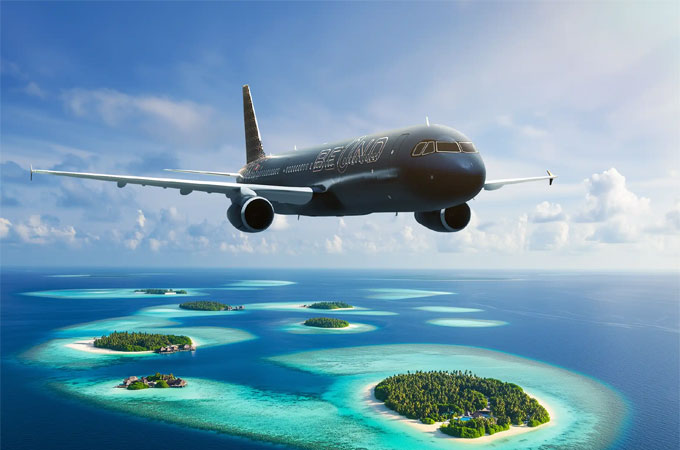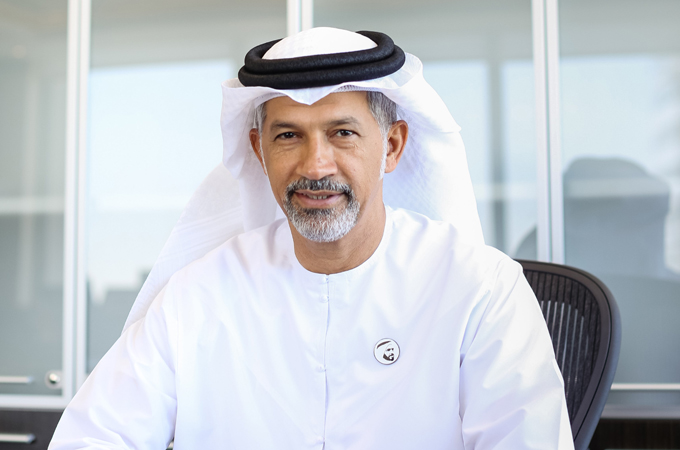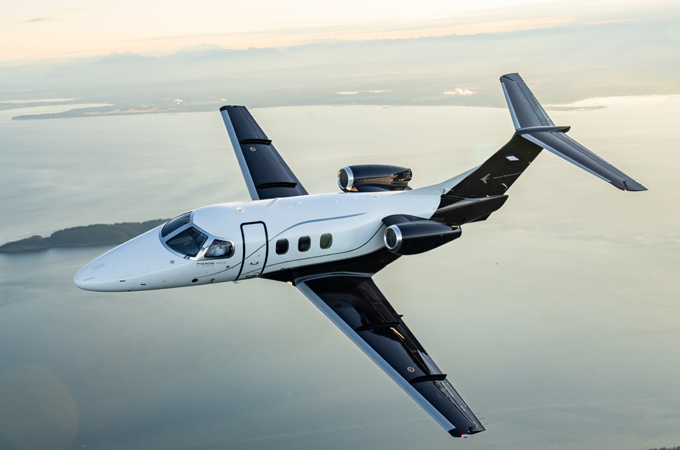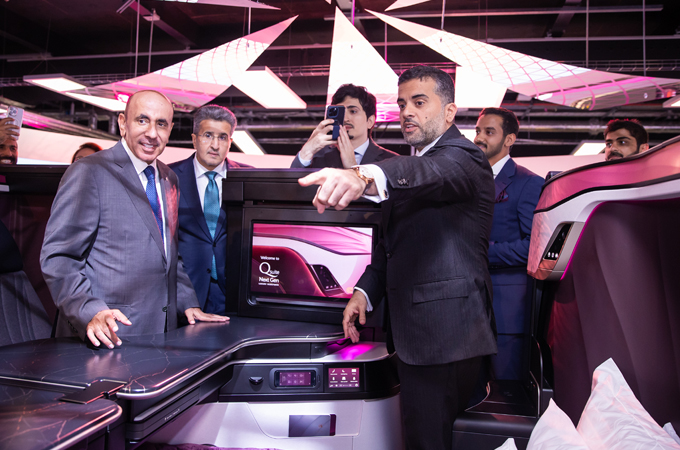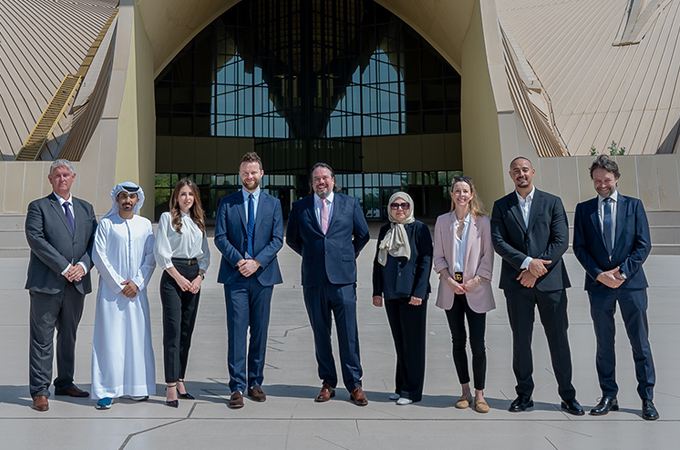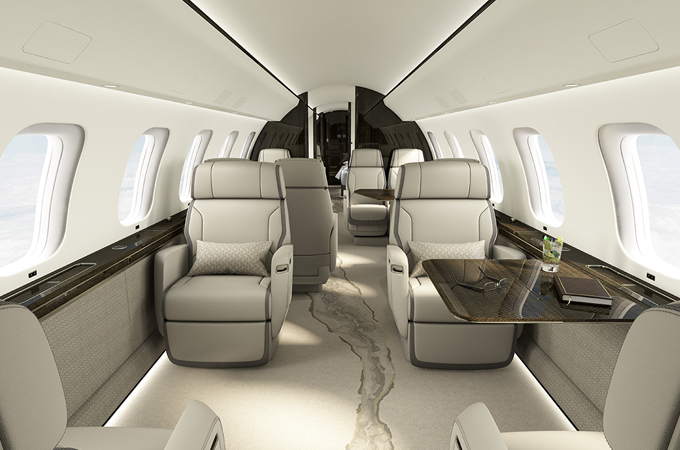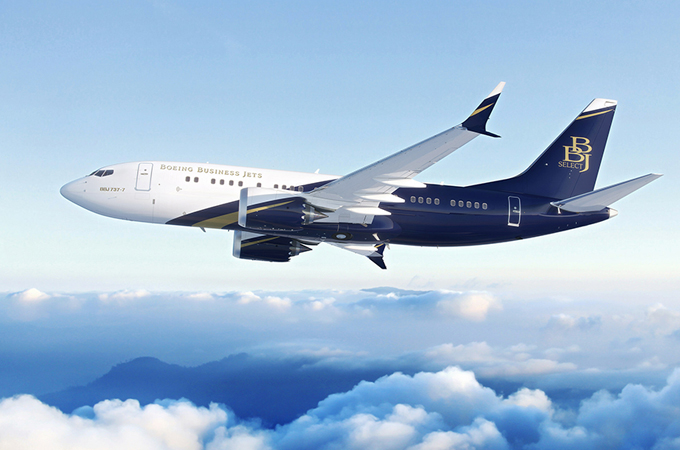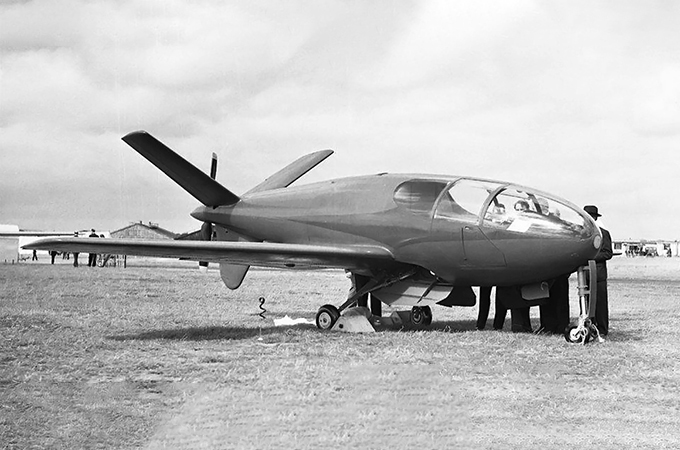Spring 2016
Gulfstream Aerospace Corporation is pressing ahead with the development of its G500 and G600 jets while flying past new milestones for its dedicated support service
Gulfstream has started 2016 on a strong note having been voted Asia’s top business aviation brand while achieving new milestones on its new G500 and G600 aircraft, which are due to enter service in 2018 and 2019 respectively.
The US-based aircraft manufacturer will also be at the 2016 edition of the European Business Aviation Convention & Exhibition (Ebace 2016), which will be held from May 24 to 26 at Geneva’s Palexpo conference centre in Switzerland.
In February, Gulfstream was named the top business aviation brand in the Asia Pacific region by aviation market intelligence specialist Jetnet.
“Our brand reputation in Asia Pacific is second to none and that is reflected in our fleet, which has doubled in size from 142 aircraft in 2010 to 289 at the end of 2015,” said Roger Sperry, Regional Senior Vice President, International Sales, Asia Pacific, Gulfstream.
“That’s an average of more than 29 deliveries a year. We continue to welcome new customers who want to leverage the performance, comfort and reliability of our aircraft to expand their business interests around the world,” he added.
The company’s fleet in Southeast Asia has doubled over the past five years to more than 60 aircraft, nearly 25 of which are based in Singapore. Operators based in and travelling through Southeast Asia have Jet Aviation Singapore’s Gulfstream-authorised service centre at Seletar Airport for their maintenance needs.
Hong Kong, meanwhile, is home to the Asia Customer Support Contact Center near Hong Kong International Airport. Gulfstream’s Asia-Pacific presence also includes Jet Aviation’s service centre in Hong Kong and authorised warranty facilities Metrojet in Hong Kong; ExecuJet in Sydney and Melbourne, Australia; Jamco in Sendai, Japan; and Air Works in Mumbai, India.
Also in Hong Kong, FlightSafety International operates a Gulfstream Learning Center that features a full-flight simulator for the G550 and G450. Gulfstream also has Field and Airborne Support Team (FAST) technicians based in Hong Kong and Bangkok, Thailand.
FAST 5,000
Gulfstream’s FAST service recently completed its 5,000th airborne support flight, achieving the milestone more than 13 years after the service was launched in May 2002.
The FAST service uses two aircraft to deliver flight-essential parts and technicians to operators in North America, Central America and the Caribbean. The service operates round the clock.
In mission No. 5,000 in the US, pilots Ty Ung and Shanon Baker departed Savannah to deliver a section of an engine bleed air duct to a G450 at its home base at Illinois’ Waukegan National Airport, which is approximately 45 miles north of Chicago. The aircraft made its scheduled flight the next morning.
“Returning an aircraft to service with minimal downtime is what FAST is all about,” said Derek Zimmerman, President, Gulfstream Product Support. “It takes a tremendous effort to pull off a swift, well-co-ordinated response to operators whose aircraft are unexpectedly grounded as a result of needed parts or technical assistance. FAST members have consistently met the challenge and continue to find ways to improve on what they do.”
The airborne support element of FAST comprises two G150 aircraft, more than 50 technicians and pilots and a support team of more than 230 people. Along with the airborne unit, FAST has a ground unit that includes 12 engineers who can be dispatched by airplane, train, automobile or van from their bases in Europe, Asia and the Middle East to resolve maintenance issues.
MILESTONES
Meanwhile, a fourth Gulfstream G500 test aircraft, T4, completed its first flight in February. On its maiden flight from the Savannah-Hilton Head International Airport the aircraft climbed to a maximum altitude of 51,000 feet/15,545 m and reached a maximum airspeed of 340 KCAS/Mach 0.925. During the three-hour and 17-minute flight, the crew exercised all primary flight control systems, performed functional checks of air data and cabin pressurisation systems and completed a series of engine performance measures.
“The first flight of T4 speaks to the growing maturity of the G500 flight-test programme and the significant development we completed before we even launched flight test in May 2015,” said Mark Burns, President, Gulfstream. “To have four first flights and more than 580 flight hours in just nine months is quite an accomplishment.”
T4’s first flight represents a milestone in the aircraft’s development programme. For the first time, Gulfstream has integrated a team of Product Support maintenance technicians with the flight test team to follow the aircraft through manufacturing and flight testing.
The integrated team performed all the modifications and testing required to prepare the aircraft for first flight and will continue to lead it through testing in support of Federal Aviation Administration (FAA) type certification in 2017, ahead of its entry into service in 2018.
T4 will be used to test avionics, flammable fluid drainage, water ingestion and select systems (water/waste, lighting, fire protection). It will also perform flight standardisation and operations evaluations. T1 is focused on envelope expansion; T2, on flight loads validation as well as aircraft performance and systems testing; and T3, on the all-new Symmetry Flight Deck. A fifth aircraft, P1, will be used to test the interior elements as well as the integration of aircraft systems with the passenger experience
Also in February, the Gulfstream’s G600 iron bird recently completed its “first flight”, as part of the G600 aircraft programme. A spatially correct, dimensionally accurate structure that includes a flight deck, the iron bird allows engineers to test the flight control and mechanical systems, including landing gear, brakes and hydraulics in a ground-based lab.
During the 30-minute flight, the G600 iron bird simulated taxi, takeoff and landing as well as manoeuvres and transitions at altitude and airspeed.
“This first flight sets in motion the testing and validation required for the G600’s actual first flight,” said Dan Nale, Senior Vice President, Programs, Engineering and Test, Gulfstream. “With the iron bird, we can confirm the characteristics of the system components, improve the integration maturity, make modifications and provide those benefits in a lab environment, all while on the ground and still in the design stage to the benefit of the flight-test aircraft. Having this resource enhances safety and streamlines the testing process.”
The G600 is capable of travelling 6,200 nautical miles/11,482 km at Mach 0.85 or 4,800 nm/8,890 km at Mach 0.90. Its maximum operating speed is Mach 0.925, the same speed as Gulfstream’s G650 and G650ER. The aircraft features the Symmetry Flight Deck, with active control sidesticks, integrated touchscreen controllers, a next-generation enhanced vision system and Honeywell Primus Epic avionics.
Similar to the G650 and G650ER, the G600 offers a full three-axis digital fly-by-wire system with benefits that include flight-envelope protection, stability augmentation, increased redundancy and reduced maintenance.
The first G600 flight-test aircraft and structural test article are in production. The aircraft is scheduled to enter service in 2019.



